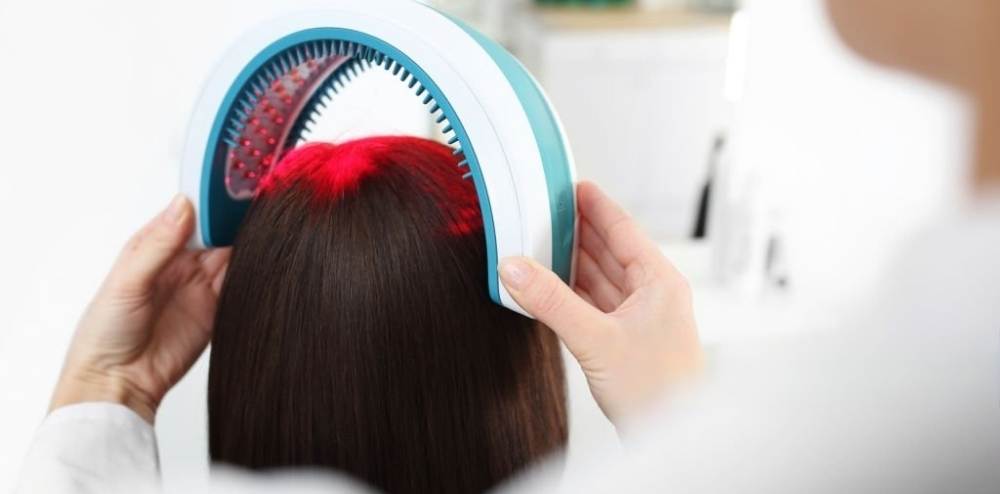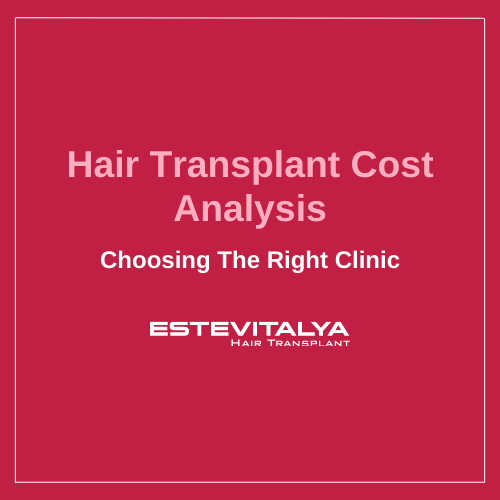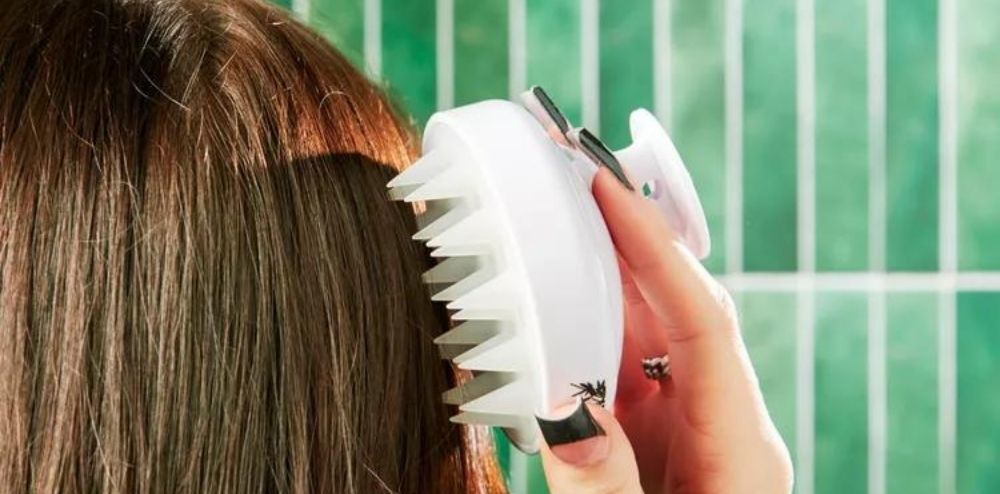Millions of individuals all around the world deal with hair loss. There are several potential causes, including genetics, stress, hormonal shifts, and illness. Laser therapy is just one of several therapies that can stop or even reverse hair loss. This article will explain the process of laser therapy, its advantages, and what to anticipate during a session.
What is Hair Laser Therapy
In order to promote hair growth, a non-invasive procedure called low-level laser therapy (LLLT) has been developed. By absorbing the laser light, hair follicles stimulate cellular activity and promote hair growth. Androgenetic alopecia, telogen effluvium, and alopecia areata are only few of the hair loss conditions that can be helped by laser therapy.
How does laser therapy work?
The increased circulation to the scalp, stimulated hair follicles, and fresh hair growth are all results of laser therapy for alopecia. Hair follicles take in the laser light energy and use it to set off a chain reaction known as photobiomodulation. This process promotes hair growth by increasing ATP synthesis, the chemical that cells use for energy. The increased oxygen and nutrients carried by the blood to the scalp by laser therapy are beneficial to the hair follicles, leading to stronger, fuller hair.
In Section 3, we will discuss the positive effects of laser therapy on hair development.
There are several positive effects of laser therapy on hair growth:
Non-invasive: Laser therapy is a drug- and surgery-free method of treatment.
Laser therapy is a non-invasive procedure that will not affect your scalp or hair follicles.
Proven efficient: research shows that laser therapy can stimulate hair growth and stop hair loss.
Pain-free: Unlike some other treatments, laser therapy does not come with any unpleasant side effects.
Advantageous: Laser therapy can be performed using a portable equipment at home or in a medical clinic.
Who is a good candidate for laser therapy?
If you’re experiencing hair loss and wish to stimulate growth, laser therapy is a viable choice. It’s suitable for both sexes and works on any hair texture or thickness. However, laser therapy is most successful when used in the early stages of hair loss, so it may not help people who have already lost a lot of hair.
This section will cover what to anticipate from your laser therapy sessions.
Laser therapy involves the use of a handheld device to apply low-level laser light to the scalp. Depending on the region being treated, the process usually takes between 30 and 60 minutes. The procedure is often painless but may cause a slight tingling sensation in some patients.
How many laser therapy sessions are necessary for optimal results?
Individuals with more severe hair loss may require more sessions of laser therapy. The average number of sessions required to achieve noticeable improvement is 12 to 26. It’s possible that follow-up care will be needed once the initial therapy is complete.
Laser therapy for hair growth: potential dangers and adverse effects
There are certain potential hazards and side effects to be aware of, despite the fact that laser therapy for hair growth is generally safe and non-invasive. A moderate burning or itching feeling on the scalp is an example of the modest discomfort or irritation that some patients may feel during or after treatment. Skin rash, headaches, and dizziness are among the most severe adverse reactions that have been reported.
In addition, laser therapy for hair growth is not appropriate for everyone. Pregnant women, those with a history of skin cancer or other skin problems, those on certain medications (such as photosensitizing pharmaceuticals), and those with epilepsy or seizure disorders are all at increased risk of sun damage. Before commencing laser therapy for hair growth, it is crucial to discuss any medical conditions or concerns with your healthcare physician.
What to Expect During Laser Therapy for Hair Growth
Treatment using a laser to stimulate hair growth often entails multiple visits spaced out over a few months. Each session will involve the placement of a laser device on the scalp and the subsequent movement of that device to target specific regions of thinning hair. Depending on the severity of hair loss and the kind of laser therapy being utilized, a treatment session might last anywhere from fifteen minutes to an hour.
Patients rarely report any discomfort during the procedure, and there is no recovery period thereafter. However, it’s crucial that you adhere to your doctor’s post-op care instructions, such as staying out of the sun and eating right.
Summary
Non-surgical laser therapy for hair growth has shown promise as a treatment for balding. It has been found to stimulate hair growth and reverse the visual effects of hair thinning in many individuals, while it may not work for everyone. To decide if laser therapy for hair growth is correct for you, it’s crucial to talk to your doctor about the potential side effects and benefits of the procedure.
Hair transplants, and beard transplants are just some of the hair restoration options available at our Antalya clinic. Our team of experts is committed to offering individualized treatment and practical answers for people experiencing hair loss of any kind. Get in touch with us right away to set up a meeting and get more information about our offerings.







